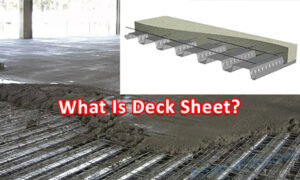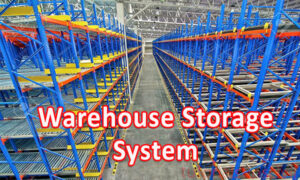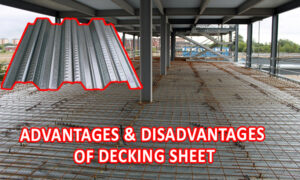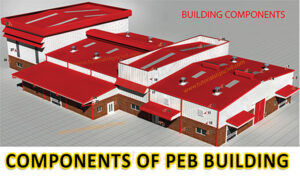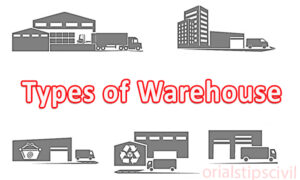Types of Hoisting Equipment and Major Cranes Types For Lifting
What is Hoisting Equipment?
Hoisting is the operation of lifting the load. Hence equipment hoisting purposes lift the load from the place, hold it in suspension during the transfer from one location to the other and finally place it in the desired location.
Types of Hoisting Equipment
1. Pulley
Pulley and sheave are used for lifting rough-surfaced and heavy objects both chains and wire ropes are used for this purpose.
2. Chain Hoists
- It is used for lifting loads up to 50 tonnes.
- The system consists of a hand chain and a load chain. The pull applied through the hand chain is transmitted to the load chain with a multiplication factor of over 20.
3. Winch
- A winch is a combination of gears (Spur and pinion), clutches and brakes. The operation is controlled through a series of levers.
- It is commonly used in lifting railway gates.
4. Cranes
- Cranes are the most widely used equipment as an independent unit Lifting capacity varies from 1/2 tonne to 500 tonnes.
Major Crane Types
Construction cranes are generally classified into two major families.
- Mobile cranes and
- Tower cranes.
Mobile Cranes
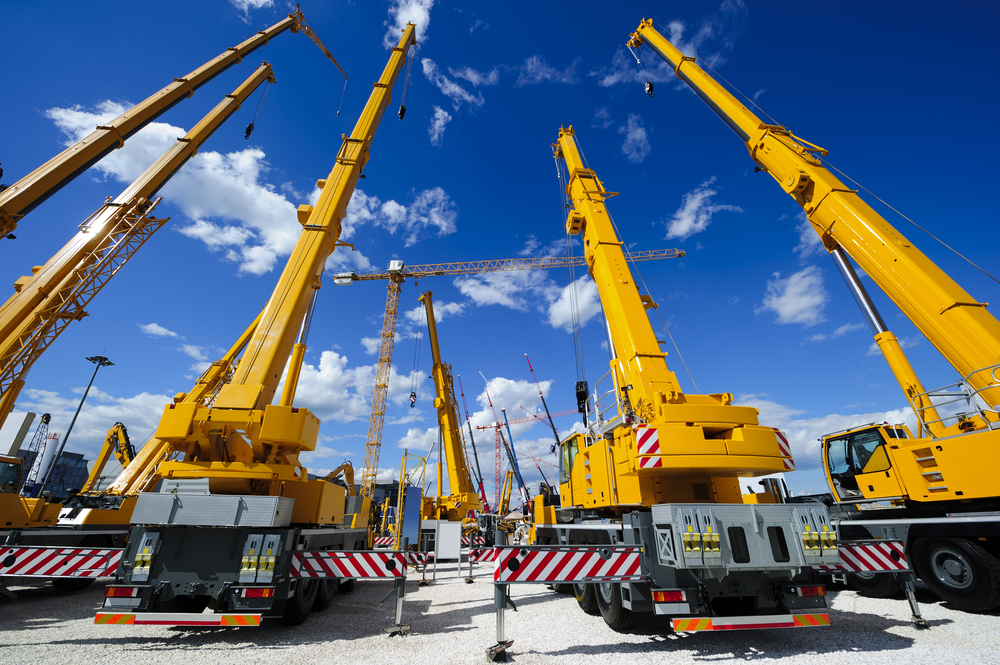
1- Crawler Cranes
- The full revolving superstructure of this type is mounted on a pair of continuous, parallel crawler tracks.
- The crawlers provide the crane with travel capability around the job site.
- The crawler tracks provide such a large ground contact area that soil failure under these machines is only a problem when operating on soils having a low bearing capacity.
2- Telescoping Boom Truck Mounted Cranes
- Most of these units can travel on the public highways between projects under their own power with a minimum of dismantling.
- These machines, however, have a higher initial cost per rated lift capability. If a job requires crane utilization for a few hours to a couple of days, a telescoping truck crane should be given first consideration because of its ease of movement and setup.
3- Lattice Boom Truck-Mounted Cranes
- The lattice-boom truck crane has a full revolving superstructure mounted on a multi-axle truck carrier.
- The lattice-boom structure is lightweight.
- The disadvantage of these units is the time and effort required to disassemble them for transport.
4- Heavy Lift Cranes
- These are machines that provide lift capacities in the 600-through 2000-short-ton range.
- These cranes consist of a boom and counterweight, each mounted on independent crawlers that are coupled by a stinger.
Tower Cranes
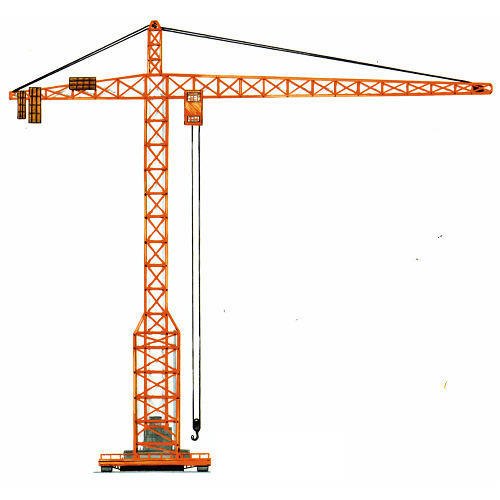
- Tower cranes provide high lifting height and a good working radius while taking up a very limited area.
- These advantages are achieved at the expense of low lifting capacity and limited mobility, as compared to mobile cranes.
- Top-slewing (fixed tower) tower cranes have fixed towers and a swing circle mounted at the top, allowing only the jib, tower top, and operator cabin to rotate.
- Bottom slewing (slewing tower) tower cranes have the swing circle located at the base, and both the tower and jib assembly rotate relative to the base.
Derrick Crane
(a) Derrick Crane: The power is supplied by a diesel engine or by an electric motor. It consists of a mast supported by a number of guys
(b) Whirler Crane: It combines the advantage of the long boom of the derrick crane and the mobility of the mobile crane.
(c) Gantry Crane: A gantry crane or overhead crane is a must in factories and workshops. It consists of a bridge and a crab. Two main girders are fixed at the end of the bridge. The chief advantage lies in the three-way movement of the load.




